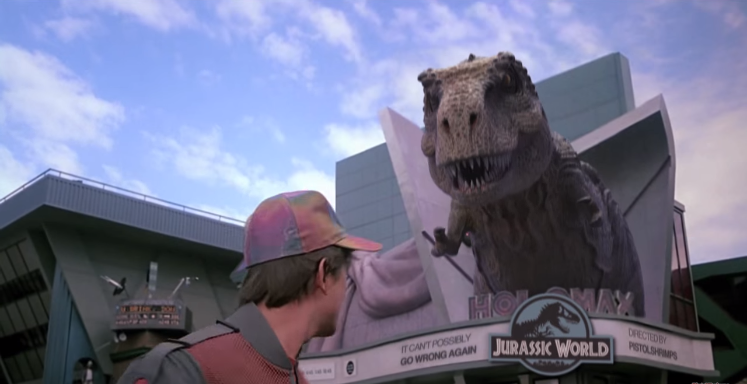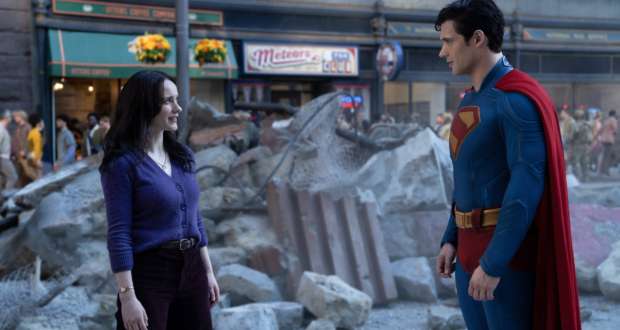In a world where fashion trends can be as fleeting as a summer breeze, retro movie t-shirts have proven to be the timeless staple that just won’t fade from the spotlight. These nostalgic pieces of apparel are more than just ...
Login
retro
/ retro
Search
Stay Connected
- 0Fans
- 15,100Subscribers
- 27072Posts
Latest Reviews
Blogroll
© 2024 THEMOVIEBLOG.COM
All Rights Reserved.
© Copyright 2025, All Rights Reserved Powered by The Movie Blog





